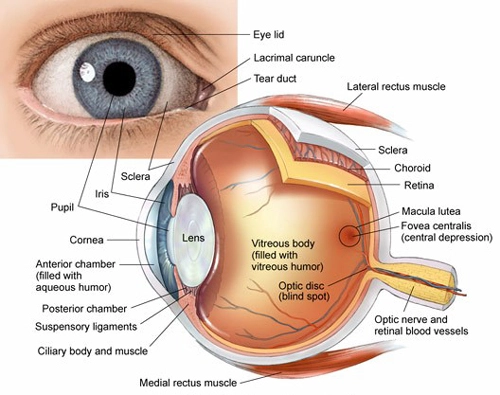Researchers have succeeded in genetically modifying cells in the human retina. To restore vision in severe degenerative eye diseases.
The team used CRISPR-Cas9 to reprogram Müller glial cells. Making them act as active neural stem cells in the retina.
These cells, after gene editing, acquired neuronal functions and were functionally integrated with other retinal cells in experimental models.
The study, published in Stem Cell Reports, demonstrates that these modified cells can regenerate damaged neurons and lost visual connections.
The experiments were conducted on the human retina in vitro and in animal models. With promising results for future visual therapies.
This technique represents a key advance in treating retinitis pigmentosa and macular degeneration. Diseases previously considered irreversible.
The authors emphasize that safety and efficacy still need to be validated in clinical trials before applying it to human patients.
This advance opens new doors towards regenerative medicine capable of reversing visual loss at the genetic level.
With information from Stem Cell Reports
What is the retina?
The retina is the sensory organ of the eye. Where the perceived images are projected, they are processed in the form of a nerve impulse that comes out of the optic nerve.
It’s like “one-camera film.” It makes up the innermost layer at the back of the eye. The images penetrate through our pupil. Pass through the lens and are focused by the retina. This converts them into electrical signals and sends them through the optic nerve to the brain.
The most common pathologies of the retina are macular degeneration (AMD). Diabetic retinopathy and venous thrombosis. Retinal detachment is also highly frequent, and resolution is with surgery.
Translated by Radio Angulo
- Cuba Reiterates Commitment to Population Protection Policies - 11 de July de 2025
- The Cristal Festival Returns to Holguin - 11 de July de 2025
- Parliament Publishes Corrected Versions of Bills - 11 de July de 2025

